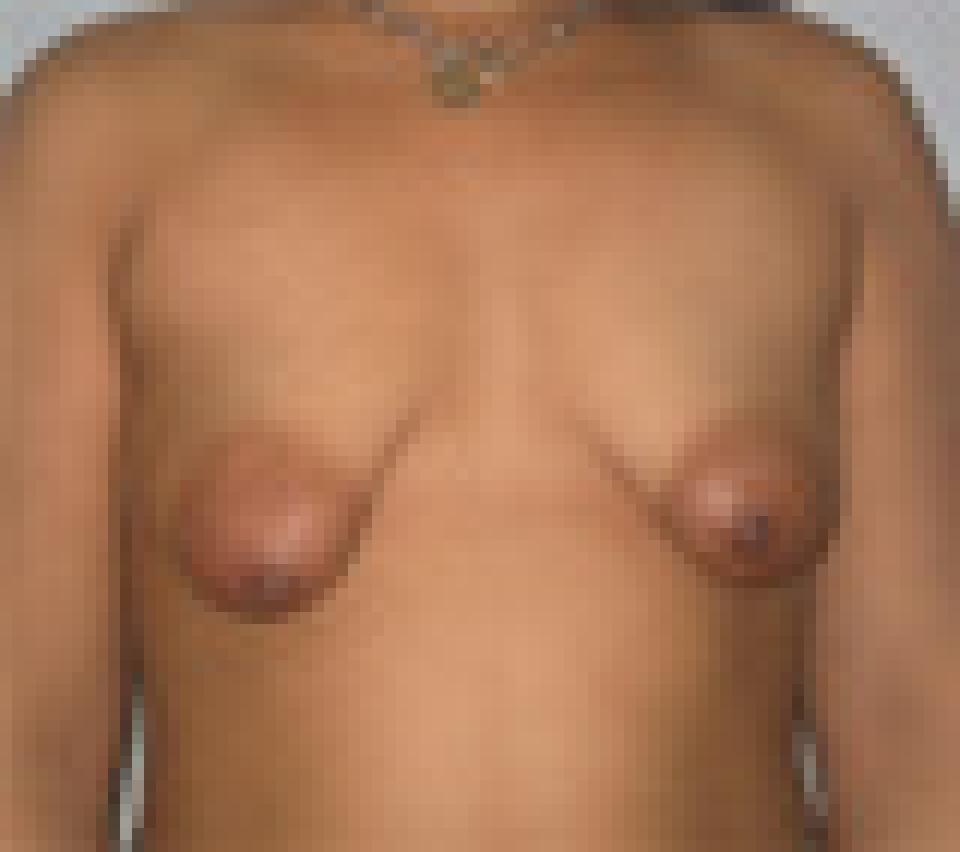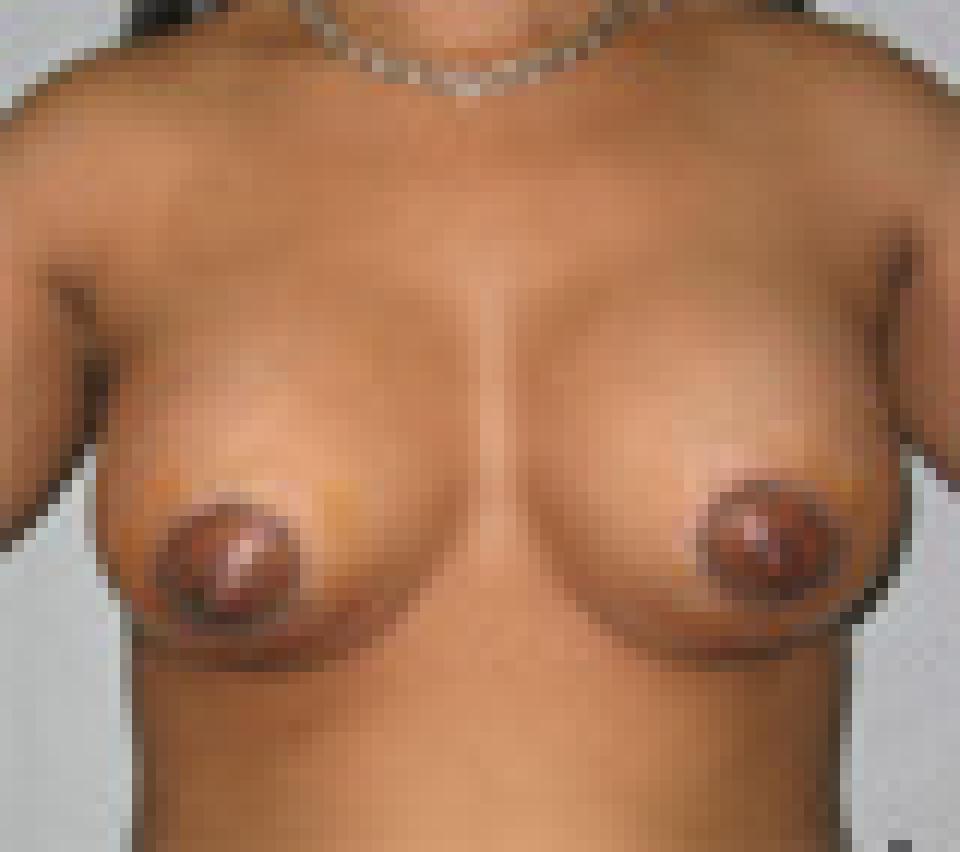Nipple
The word “nipple” derives from the Anglo-Saxon neb meaning a nose, and was described at that time as “neble of a woman’s pappe.”
It is a cylindrical eminence in the anatomic center of the breast, anatomically the mammary gland, and is the outlet for that gland’s secretions: human milk. Normally it is located in the mid-clavicular line at the level of the 4th intercostal space. But since the breast has been likened to Easter as a “moveable feast” it is found at varying levels according to the degree of breast sagging. In fact, there may be more than one nipple each side, placed following the milk line extending from armpit to groin as it does in the sow.
In structure, the outer layer of skin, epidermis, is colored as is the areola. Centrally the 15-20 mammary ducts run both to the very apex of the nipple and to its sides. The tissue between ducts and skin is a connective tissue stroma, comprising a small quantity of fatty tissue, collagen bundles, blood vessels and nerves, and in the female particularly, strands of smooth muscle.
The nipple will swell and become generally more prominent in lactation.
It has, much more in the female than the male, the ability to “erect” or stand out prominently (known vulgarly as “headlights on”) as a result of stimulation; this may be sexual in nature (direct physical contact or merely a thought process), or it may be from the irritation of rubbing on a shirt when running, or a response to a frigid ambience. The erection is brought about by the smooth muscle fibers embedded in the nipple.
 before
before
 after
after
This case depicts a 24 year old woman with a tuberous breast deformity who underwent breast augmentation with 330 cc smooth, round, saline implants placed beneath the pectoralis muscles via a periareolar approach.
Her areolas were reduced simultaneously, necessitating an incision completely around the perimeter of the areola.The post-operative photographs depict her appearance at two weeks after surgery.
Dr. Belsley's Philosophy of Breast Augmentation
When it comes to deciding what approximate breast size you wish to achieve, the best advice I can give you is that you should be guided by your physical frame. Indeed, you may in fact be limited by it. In my practice, I select implants based upon your chest measurements, the quality of your breast skin and the size of your breasts prior to surgery.
I perform breast augmentation through a peri-areolar or inframammary approach and I place that vast majority of implants at least partially beneath the pectoralis muscle. My patients are welcome to select either saline or silicone filled breast implants. Silicone filled implants can in some cases achieve a more natural feel and may be a particularly attractive option for women with less breast tissue prior to surgery.
More >>Dr. Belsley's Philosophy of Breast Lift (Mastopexy)
In my practice, I perform breast lifts using incisions that result in a “lollipop” shaped scars. With good care and a bit of luck, these incisions heal well and the scars are difficult to see from a distance. Nevertheless, a woman who undergoes a cosmetic breast lift must be prepared for scars that are visible. This is one example of a “trade-off” in plastic surgery and of course, there are many others. This is one, however, that I feel is more than worthwhile in appropriate candidates.
More >>Dr. Belsley's Philosophy of Breast Revision
I apply the same criteria to patients who have had their surgery elsewhere as I do to my own patients. I am typically reluctant to re-operate on a breast augmentation patient for minor issues, because each time one undergoes revision, many of the risks of surgery tend to be multiplied. This is why I spend a great deal of time discussing size preferences and the likely outcome of surgery with my patients pre-operatively. It is said frequently that the most common reason for re-operation of the breasts in women who have had breast augmentation surgery is that they wish to “go bigger.” Ultimately, I feel that this is a poor reason to undergo repeated surgical procedures that can only result in more scar tissue, which is unpredictable, and thinning of the native tissues, which are necessary to cover the implant and provide a natural looking result. I encourage patients to think carefully about the risks of revision in cases where there is not a major problem.
More >>